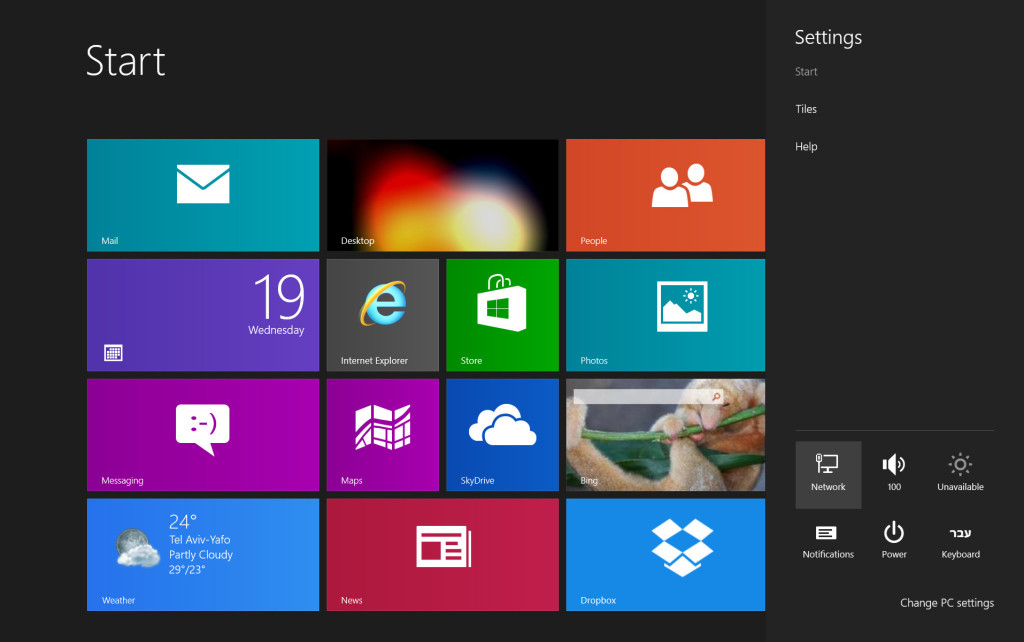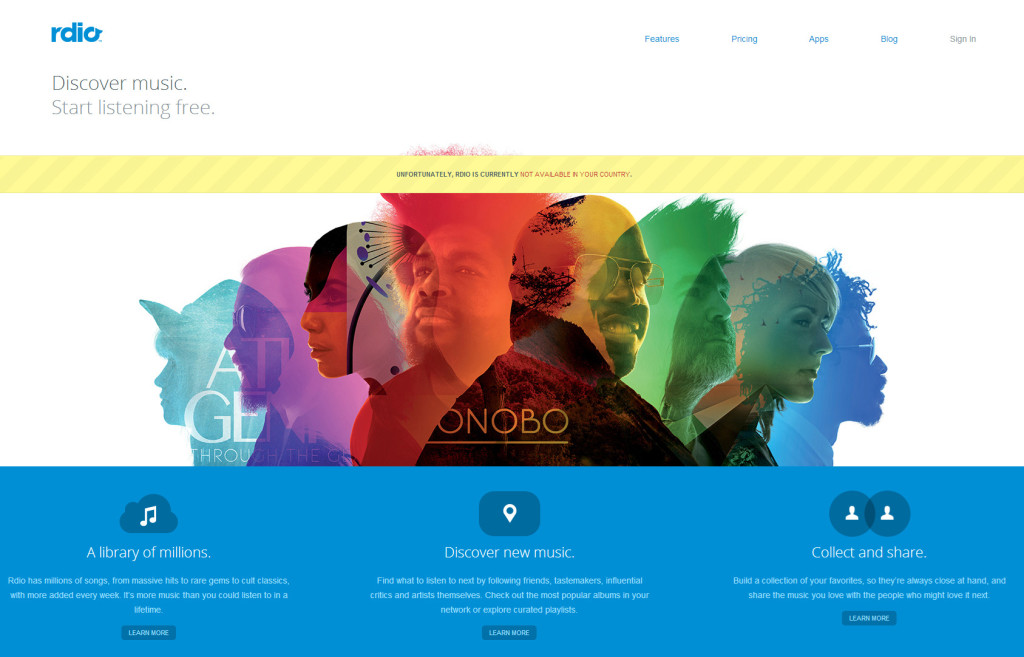First 7 rules for start-up design – part 2
By Hadas Drachli
Dr. Mark Weiser (52-99) lived a short life. He was a chief scientist at “Xerox PARC” research center, spent 8 years teaching computer science at the University of Maryland, was involved in numerous computer-related start-ups, and even found the time to be the drummer for the Palo Alto rock band “Severe Tire Damage”. His contribution to the technological world of our days is manifested mainly through papers he published in the 70s and 80s, which his followers described as “alternating perception” (among them a young Steve Jobs, unlike the older Jobs) – Weiser described a user experience and a user interface (today referred to as UX and UI).
Weiser’s articles described the human-computer interaction. He is the father and coiner of the phraseUbiquitous Computing, claiming the machine needs to be incorporated into the human life and adjust itself to it, and not to force people to adjust themselves to the technology.
Weiser called to develop ubiquitous computing by what he called “Calm Technology”, and established some ground rules:
– The purpose of a computer is to help you do something else
– The best computer is a quiet, invisible servant
– The more you can do by intuition the smarter you are; the computer should extend your unconscious
– Technology should create calm – and be informative yet non-intrusive
These principles are the cornerstones of characterization or design of the user experience. If we use them wisely earlier along the road, while still developing the idea of the digital product, they will guide us into the best path for our product, and increase the chance of future success.
Unlike any other time in history, nowadays information and data are practically endless. We have multiple choice out of a never ending variety of possibilities, huge databases on any possible subject, enormous assortment of similar generic products, and in every field: two decades ago Israel had one TV channel, today there are hundreds; there are thousands and thousands of brands of food, clothing, medications, and any other product imaginable.
The internet, on which we’ve become accustomed to rely upon in the last two decades, was a central cause in this consciousnesses and accessibility to this variety, which we now take for granted. Therefore, covering the user experience aspect is crucial to the successful marketing of our product. The digital designers, an integral part of the team that develops the product, are in charge of designing the experience.
The main purpose of the user experience is to explain, guide, lead and showcase the product and its capabilities to the user in a supportive, friendly, intuitive and most important non-intrusive way. The daily virtual two-dimensional reality deals mainly in air-time and information-satiated users. The real challenge is to maximize the experience using all of the user’s senses, without burdening him/her.
So how do we convey a pleasant emotional experience through pixels?
Like in every field, there are a few approaches to the matter. Yet the parameters themselves remain the same:
Visibility – Creating visual elements using colors, typography, shapes and symbols to convey a message to the user. Color, shape and symbol hold a huge amount of information in them, and affect our subconscious. For example: picture a stop sign – It’s red, showing an open hand. The visibility will stay the same in every country you might visit (with minor changes). Moreover – if you approach a friend, or even an animal, with the same gesture of an open hand, you’ll find the effect is identical to the one the stop sign is holding (more on design secret and tricks in the next articles).
Order – Intuitively and accessibly arranging the elements in space, in a way that’s easy to understand and that keeps the elements connected to each other. Our brain likes to organize and rearrange all the time. We keep pulling information from our “drawers” of short and long term memory with every new situation.
Organizing the elements in a familiar and easily processed way for our brain, will create a pleasant introduction between the user and the new interface before him.

Usability – The clarity and ease of use with which the product communicates with the user. The goal of the computer is to help you do something else. The design is supposed to convey not only the visual experience, but also the guidance. It should point out the right path to take, or click, in order to reach the final goal.

Psychological Research – At the end of the day, emotions lead us to various actions. While designing a digital product’s graphical user interface, it’s important we know and connect to our users cognitively. For that matter, an accurate slogan/strap-line could make all the difference.

Gamification – The most elaborate product will be understood if its conveyed in way that creates an experience, and there’s nothing like a game to feel an experience. When designing a site, application or any other GUI, a playful aspect should be taken into consideration, one that takes us from one screen to the next with sophisticated (yet easy to comprehend) challenges that are tailored to the target audience. Keeping the user curious will be rewarded with more clicks, until the final goal is reached.

In conclusion:
A will to make things easier for the user, planning ahead keeping the user in mind, with the cooperation of the entire development team and an aesthetic, practical, emotional and playful design – will create a good product and a financial success.
Dr. Mark Weiser died at 46, less than 6 weeks after he was diagnosed with cancer. He planned to write a book that might have predicted even more than he already had, and he left us with a precise, unique and ahead-of-its-time perspective, that today is considered a standard in the interaction of man and computers.
